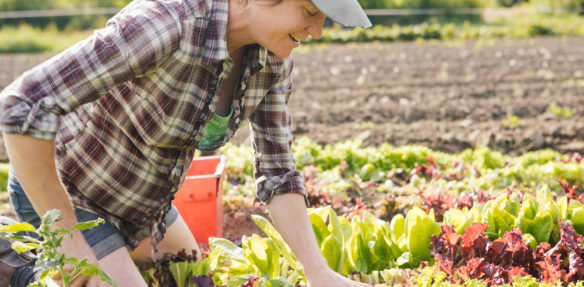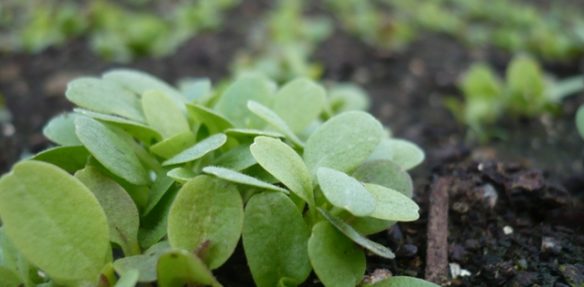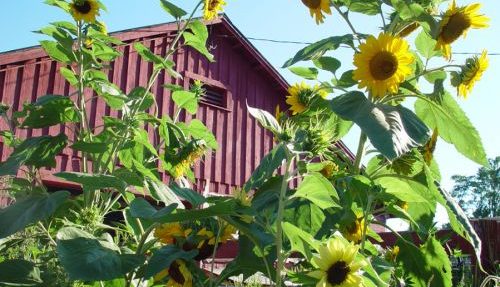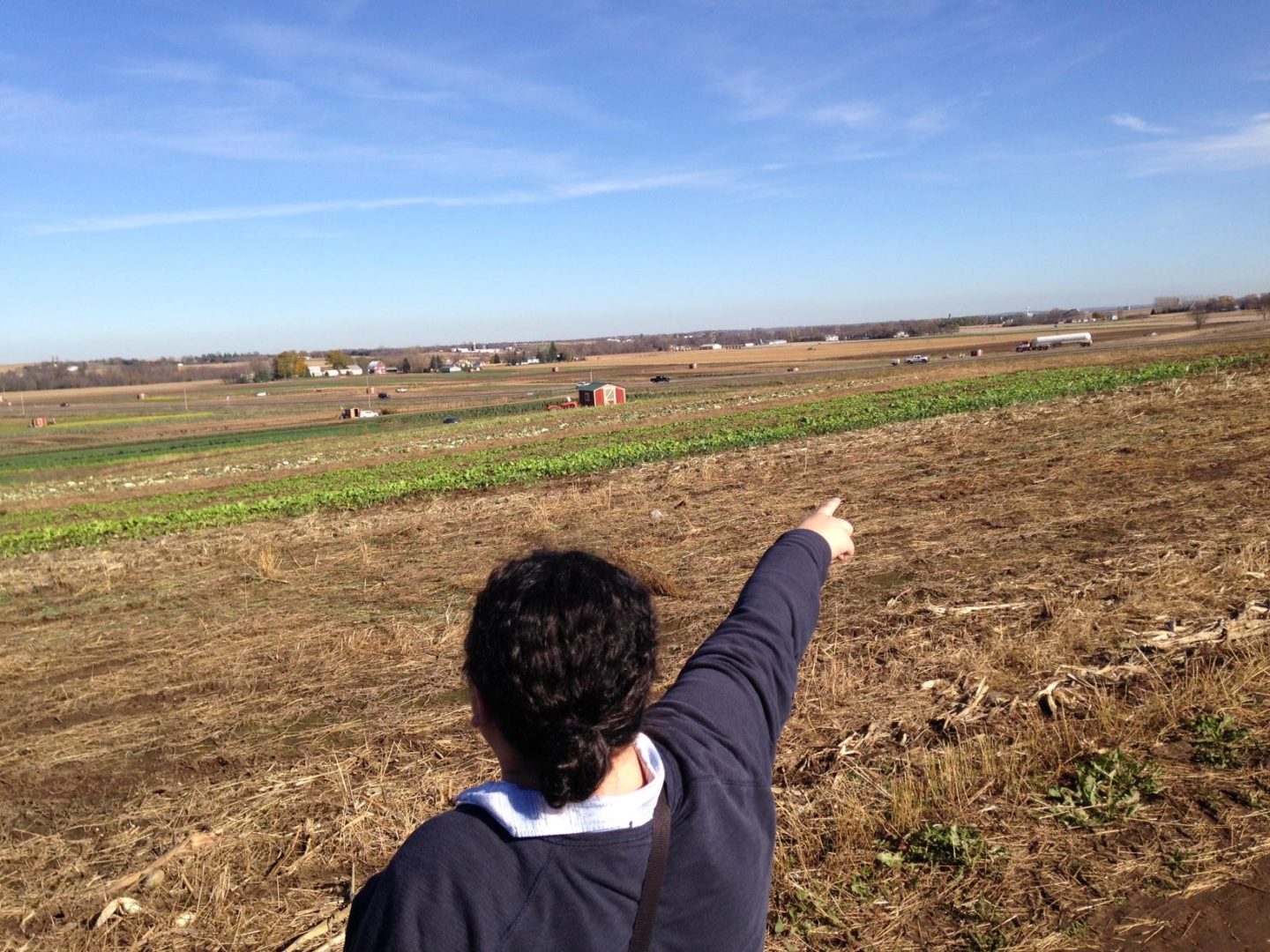
Hmong refugees began settling in Minnesota in the 1970s, after the Vietnam War. Many came from agricultural backgrounds and reestablished themselves as farmers in their new home. A group of Hmong farming families formed the Hmong American Farmers Association (HAFA) in 2011 with a mission “to advance the prosperity of Hmong American farmers through cooperative endeavors, capacity building and advocacy." As part of its approach to community wealth creation, HAFA now manages an incubator farm from which member families lease land. HAFA also runs a food hub, which aggregates produce from member farmers and sells through CSAs, schools, institutions, and retailers.
Pakou Hang, HAFA’s Executive Director, says that HAFA’s search for land of its own began in 2013 when some of its member farmers were removed from farmland they had been leasing. As HAFA began searching for land, members defined what they were seeking. They needed farmland located close to their customer base in the Twin Cities (within 30 miles or so). It had to be large enough to support farming operations by several families (over 100 acres). It needed to cost under $400 per acre. And of course, they needed adequate soil quality to produce their crops.
After identifying a promising farm in Washington County, HAFA members were disappointed to have their purchase offer rejected by the landowner late in the negotiation process. They began to reconsider land parcels they had previously passed over.
Finding The Right Farmland
HAFA members reexamined a parcel of land in Vermillion Township, Dakota County, that they had seen earlier in their search. It was 220 acres—bigger than what they wanted—and 40 acres were in timber along the Vermillion River.
As HAFA was considering whether the Vermillion parcel could fit their needs, HAFA members were approached by the Minnesota Department of Natural Resources (DNR). DNR had determined that the Vermillion River was an important trout mating stream needing protection. The Department proposed splitting the parcel so that DNR could buy the timbered area near the river and HAFA could buy the tillable land. The landowners broke up the acreage as requested, and DNR bought the timbered land.
Even with the timbered acreage removed from the parcel, HAFA members did not have the resources to buy the land outright. Fortunately, HAFA had come to the attention of a social investor who was willing to buy the land and lease it to HAFA. The investor chose to remain anonymous, so HAFA (and HAFA’s lawyer) worked with the investor’s lawyers and representatives of an investment firm to draw up the terms of their agreement. The investor bought the farm with the intention to sell it to HAFA within several years.
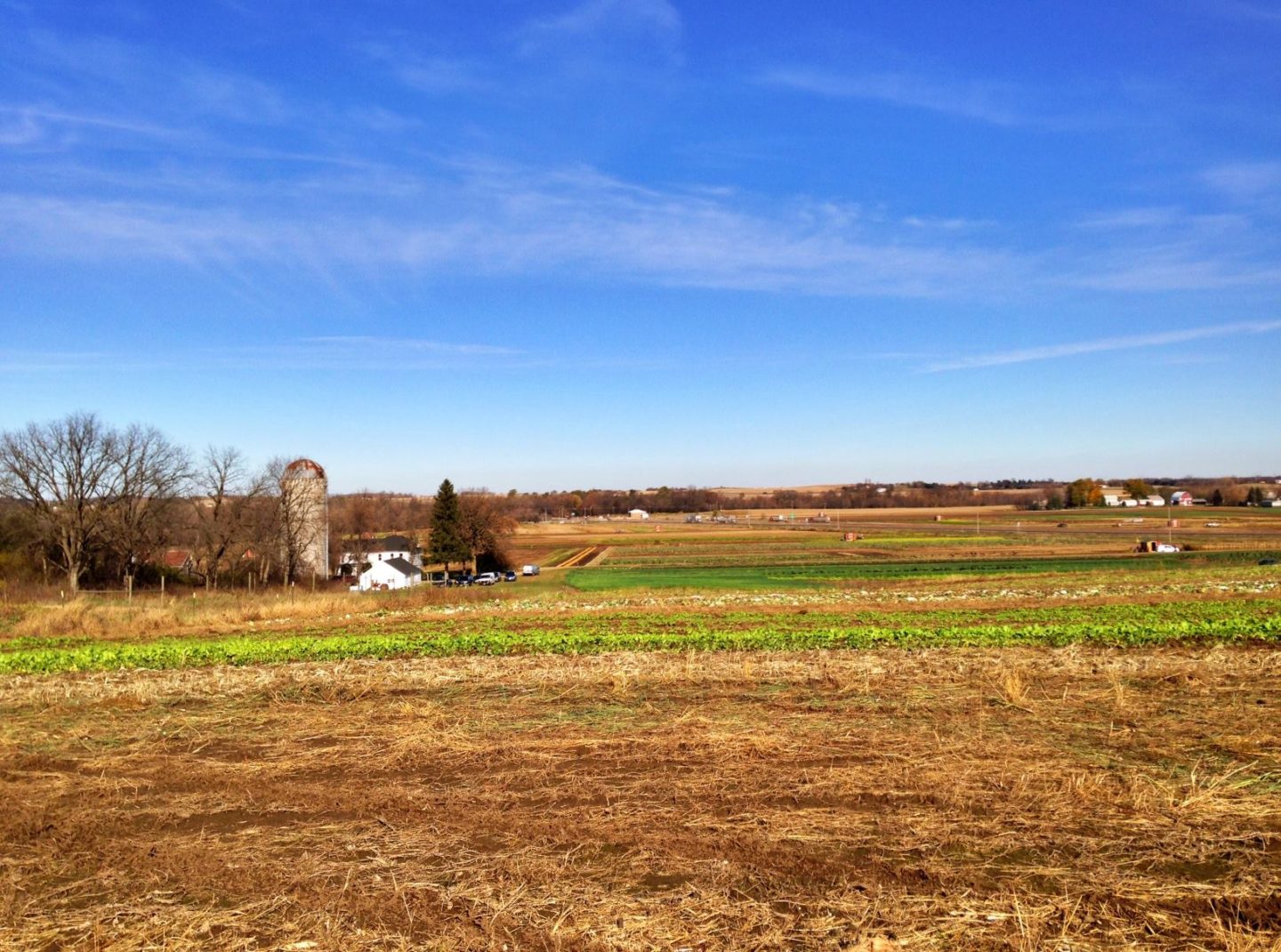
Drafting The Lease
HAFA and the investor’s representatives spent four months negotiating the lease for HAFA to use the farm. Because the purpose of the social investor buying the land was always to transfer it to HAFA at some point, the parties drafted the lease with a future transfer of ownership firmly in mind.
Statement of purpose. First, they noted that the reason the investor purchased the land was to hold it and sell it to HAFA. As HAFA Executive Director Pakou Hang describes it, “the sole purpose of the investors purchasing this land was to hold it and sell it back to us… That’s right in the first paragraph of the lease."
Planning for a future sale. Next, they specified that any future land valuation for the purpose of selling the farm to HAFA would exclude the value of any capital improvements HAFA farmers make while they lease the farm. This provision allows HAFA to invest in farm improvements as needed without worrying about whether they are raising their own future purchase price.
The lease contract term is ten years. Starting in the eighth year, HAFA can request to buy the land, and HAFA has the right of first refusal if the investor wants to sell it. At that point, HAFA can also approve another entity to purchase the farm.
The landowner views the farm as an investment, so the lease price is a base rate (based on the market rate) plus 4%. The base rate cannot go up more than 3% in a given year. These terms keep HAFA’s leasing costs predictable and within a budget their farm operations can support.
Farming practices. Both HAFA and the landowner care about responsible and sustainable farming practices, so they put that in the lease, too. The lease imposes some standards for production methods and requires HAFA to provide information to its member farmers about best practices.
Attention to farmland affordability programs. The lease also acknowledged the parties’ intent to apply for a farmland conservation easement from Dakota County. If granted, the county would pay the landowner for development rights on the land so that the only permissible land use would be farming. With the land value reduced, HAFA would be able to purchase the property at a much more affordable price. At the time of the interview, Dakota County was not accepting new applications for farmland easements. Most of that program’s money comes from the federal Farm Bill, so HAFA is hoping that the next Farm Bill (expected in 2018) will include more funding for local programs that offer farmland conservation easements.
A legal wrinkle. One potential legal hurdle had to be addressed before the lease was finalized. Minnesota’s corporate farming law restricts non-family groups of people from purchasing farmland together. Non-family groups who wish to buy farmland have to apply to the state for an exemption. Because HAFA includes many different farming families, they would not be able to buy the land from the social investor without having a state exemption in place.
Recognizing this potential problem, HAFA requested an exemption from the state Commissioner of Agriculture before the lease agreement was finalized. The Commissioner granted the exemption, allowing the parties to finalize the lease.
With all the particulars worked out, HAFA signed the lease and its member farmers moved onto the land.
Subleases To Member Farmers
Once HAFA’s ten-year lease was in place, the organization used those lease terms to create subleases with their member farmers. HAFA offers ten-year leases to its farmers, but the farmers are free to end the lease each year. HAFA farmers pay half of their lease payment in November and the second half after harvest in August. Farmers who lease the land must actually farm there—“you can’t just say ‘I’m going to rent that land,’ and then not be there,” says Pakou. If that happens, HAFA has the authority to dismiss inactive members from the farm.
HAFA holds mandatory “orientation" meetings for farmers in November (end of season) and in the spring, before the farm opens for the year. At those meetings, farmers review the farm rules as a group. Then the farm manager meets one on one with each farmer before the farmer signs an acceptable practices agreement. This agreement covers rules about pesticide use, waste management, and best practices. It fulfills HAFA’s obligation in their farm lease to provide their farmers with information on best practices. The agreement also includes a grievance process in case of disputes among farmers.
Making The Farm Their Own
The land where HAFA’s farm now sits had been growing corn for over forty years before HAFA moved onto it. Although the previous farmer had used a few conservation measures, the soil was not in good shape to grow the mixed vegetable and flower crops that make up most of HAFA members’ production. In the first year, HAFA spent over $20,000 on compost and lime to treat the soil. They plowed twice to break up soil compaction from the previous farm operation. Pakou says that transitioning the farm to the sustainable growing practices that HAFA farmers use was “really hard in that first year."
At the time of the interview, HAFA was in year three of its ten-year lease. They have invested in many farm improvements. They dug a well, installed irrigation, updated the barn, and fenced in the entire farm to exclude wildlife. The next big improvement project is a new processing facility—once it is in place, Whole Foods is planning to start buying from the HAFA farm.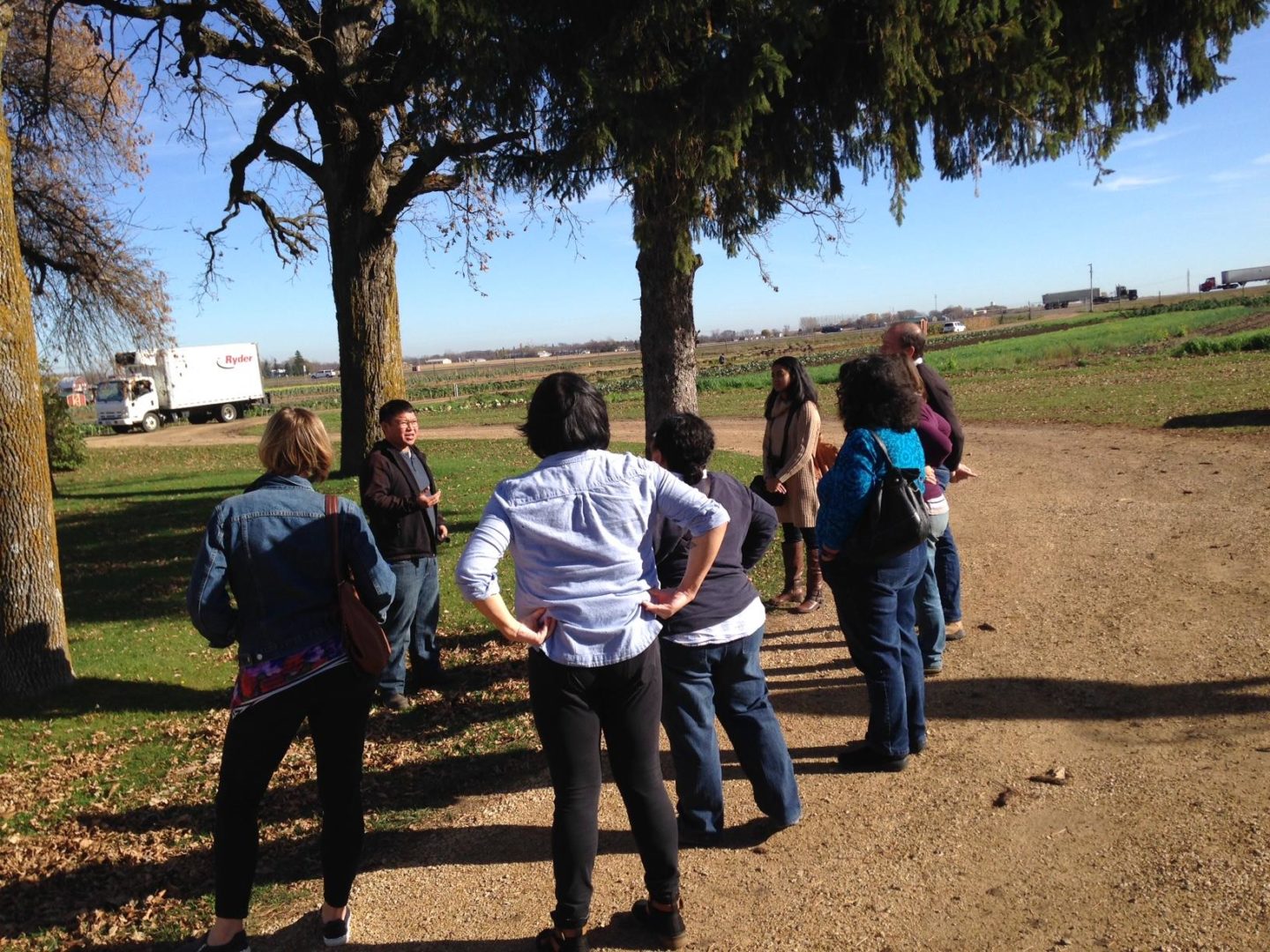
Lessons From HAFA’s Experience
Pakou reports a few key takeaways from HAFA’s experience accessing farmland. First, she affirms the importance of engaging appropriate technical assistance. Although it was expensive for HAFA to hire their own lawyer for the lease negotiation, she is confident that it was the right thing to do. HAFA needed someone well versed in real estate law and experienced in working with farmers. During the lease negotiation, their lawyer played an important role in creating a sense of trust between the farmers and everyone else.
Next, Pakou encourages potential land purchasers to look for land in counties with the option to purchase farmland development rights. When HAFA originally considered the traits it was looking for in farmland, it did not include the availability of farmland conservation easements among its criteria. But they were fortunate to find land in Dakota County, the only Minnesota county to offer conservation easements for agricultural land. Now an easement is an important part of their financial plan for buying the farm. If granted, it will make the land much more affordable for HAFA to purchase.
Finally, Pakou emphasizes the beneficial role that a shared group farm can play in a community. It creates an opportunity to aggregate and market together to leverage smaller personal investments into larger group returns. As she describes it, farming as a group also provides economic and personal security for HAFA farmers. Especially for immigrants and minority groups in rural communities, it can provide a greater sense of well-being than trying to go it alone.
